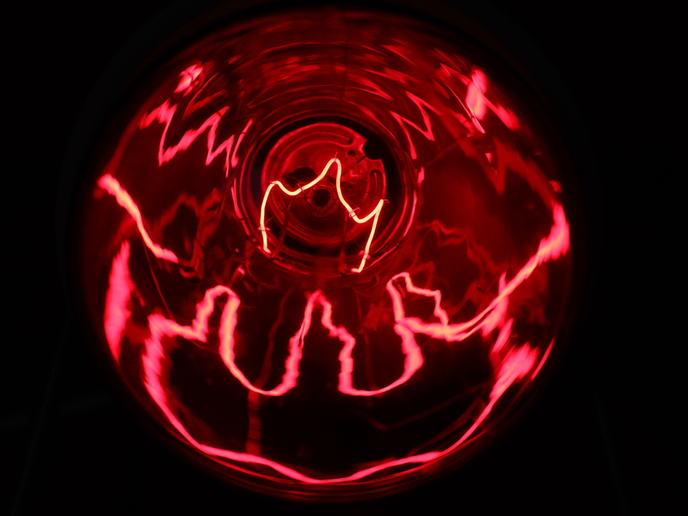Watching a gas turn into a supersolid
By cooling down a superfluid gas known as a Bose-Einstein condensate, researchers within the EU-funded DipInQuantum (Dipolar quantum gases of Dysprosium) project succeeded in coaxing the condensate into a quantum phase of matter that has a crystalline-like structure and can flow like a liquid but without inner friction. Self-bound droplets While ultracold atoms are commonly found in a gas phase, recent evidence has surprisingly shown that under special circumstances condensed atoms can form ‘self-bound’ liquid droplets. “The interactions between the magnetic dipoles of lanthanide atoms in an ultracold gas can produce a 'self-bound' liquid droplet. This provides a useful isolated system for probing the quantum-mechanical properties of ultracold gases,” notes Dr Tilman Pfau, who has been in charge of the DipInQuantum project. At the origin of this new phase is the coexistence of repulsive and attractive forces that perfectly balance to generate this self-bound system. Self-organisation is a key characteristic in many-body systems, where order arises spontaneously due to interactions between particles. “In our case, the stability of these self-bound droplets depends on a fine balance of three interactions. The contact forces and quantum fluctuations determine the repulsive component of the interactions, while the dipolar forces account for the attraction component,” notes Dr Pfau. Recent findings suggest that self-bound ensembles of ultracold atoms can exist for atom number densities that are 100 million times lower than in a helium droplet, which is formed from a dense quantum liquid. However, the experimental proof of such ensembles has remained elusive until now because they require forces other than the usual zero-range contact interaction, which are either attractive or repulsive, but never both. These droplets are the dilute counterpart of strongly correlated self-bound systems such as atomic nuclei and helium droplets. Quantum gas, liquid and crystal all-in-one The project team cooled down a gas of dysprosium atoms very close to absolute zero. These atoms can be viewed as tiny magnets given that dysprosium is the most magnetic element. For their investigations, researchers created a superfluidic gas with 3 000 dysprosium atoms and levitated them with a high magnetic field. As a result, they observed regular patterns consisting of microscopic droplets. During magnetic levitation, the droplets initially lost atoms, and as soon as they reached a critical atom number, they evaporated turning into a gas. “We discovered a new state of matter that exhibits the seemingly contradictory characteristics of both a gas, crystal and a superfluid,” notes Dr Pfau. Researchers believe that quantum fluctuations play an important role in the droplet existence. Given Heisenberg’s uncertainty principle, the atoms forming the droplet cannot stay completely at rest inside it and remain in a perpetual motion instead. These atoms confined to a small volume generate quantum pressure. This makes the droplet unstable and the atoms evaporate into an expanding gas. “Combining quantum gas, liquid and crystal into a single state of matter could be the path to genuine supersolids, a spatially ordered material with superfluidic properties,” adds Dr Pfau. Dysprosium atoms carrying a stronger dipole moment have raised hopes for conducting ground-breaking experiments in the quantum field. As exceptional magnets, they greatly aid the study of quantum liquid droplets. Until now, supersolids, which are both a superfluid and a solid at the same time, have been a theoretically predicted state of matter. Using a legitimate method that exploits a Bose-Einstein condensate, DipInQuantum has successfully opened the way for further investigation into this strange state of matter.







